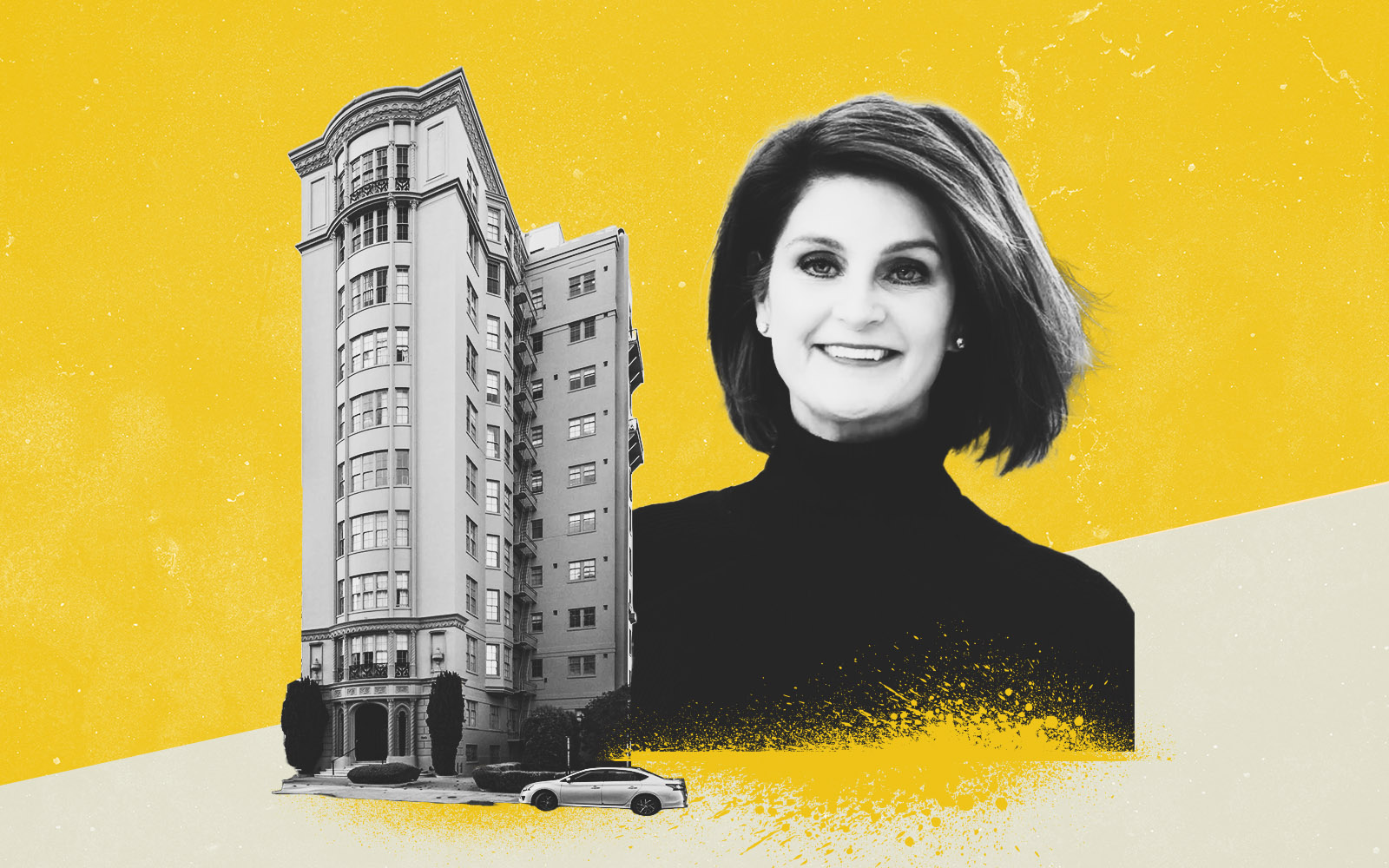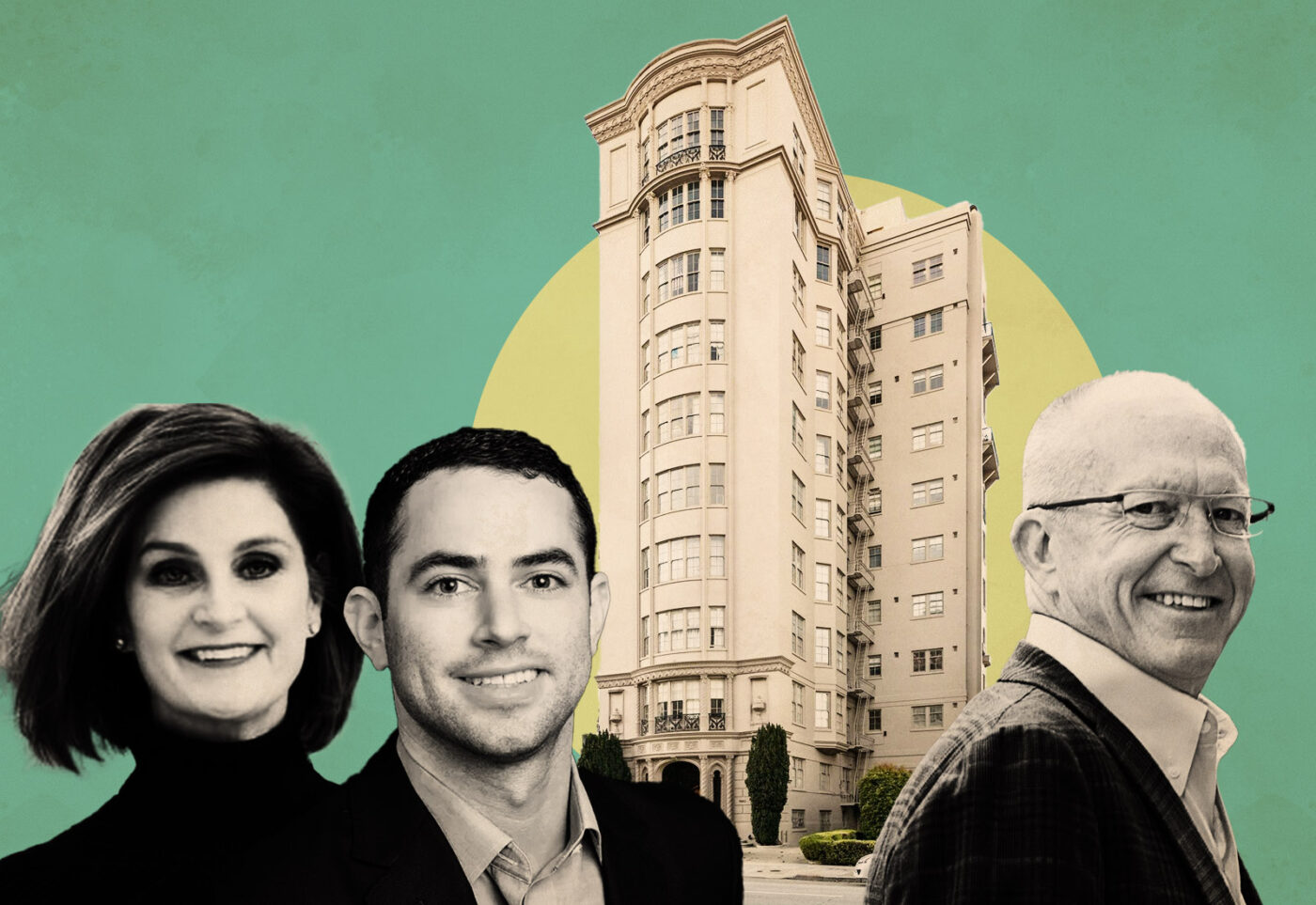A funny thing happened to Deborah Svoboda when she listed a penthouse co-op at 1960 Broadway last spring. As she marketed the property and met with potential buyers, she noticed that some of them were surprisingly young — relatively speaking.
The main buyers for the city’s small market of co-ops — which are almost entirely in its northern neighborhoods in grand high-rise buildings dating back at least a century — have long been empty nester retirees, the Sotheby’s agent said.
“If you were going to live in an elegant prestigious building after you sold your big house in Pacific Heights, you bought a co-op,” she said.
But these new buyers were in their late 40s and 50s and still very involved in their careers, she said.
The advent of remote work has shifted the way that people live in many ways, and one is that affluent people now have several homes in which they split their time, as opposed to the traditional primary and secondary residences of the past. That means that co-ops, still spacious and private but much lower maintenance than a single-family home, are appealing to a younger cohort who can now live part-time in their vineyard or mountain homes and part-time in the city, according to those in the small cadre of agents in the co-op market.
“They like the full-service aspects that these buildings provide, and their ability to come and go as they please,” said Compass agent Neal Ward.
Ward said younger buyers ended up purchasing two of his recent co-op listings and that, in both cases, they were getting the properties as a “San Francisco base, one of many home bases for them.”
Buildings with ‘panache’
Much like the Boomers before them, Gen Xers are drawn to the large square footage and historical details of a co-op unit, he said, as well as their doormen — a rarity in the city — and opulent lobbies.
“These buildings just have a panache,” he said, adding that they are the types of places where a high-level executive could feel comfortable both living and socializing. “They want it to look and feel like something that they can bring another CEO home to or one of their other peers.”
Co-ops are also attracting buyers who would ordinarily have looked for a condo but don’t want to live downtown or in SOMA, where many newer luxury towers have been built, according to Sotheby’s agent David Werboff, who is currently listing a Russian Hill view co-op for $2.75 million.
“If you’re looking for a full-service building and in a quality, unique San Francisco highly desirable neighborhood, you’ll be funneled to the north side of town,” he said. “Those neighborhoods don’t have a lot of those buildings so you would be really limiting yourself if you’re only looking at condos.”
The main difference between condos and co-ops sales is that, in the latter, the buyer purchases shares in the corporation that owns the overall building, with the number of shares proportional to the size of the unit. Buyers do not directly purchase the unit itself. Shareholders in the building all have a say in how the building is run, and a majority of the board must approve each new buyer. The board often wants to see more in-depth financial and personal information and typically requires higher down payments than standard FHA loans.
Buyers viewing Werboff’s listing like the location and views but some are a little put off by the additional financial requirements of a co-op purchase, he said, as well as the opacity of the board approval process, versus the straightforward nature of a condo sale.
“Co-ops are a little mysterious,” he said, adding that the typical buyer in San Francisco is not as well-versed in the property type compared to buyers in New York, where they are more common.
Board approval
Svoboda said that some SF co-ops used to have all-cash or very high down payment requirements and have relaxed those and other approval requirements over time, which has also added to their appeal. It also helps to have an agent who understands the “nuances” of each co-op’s approval process, she said.
“I get my deals closed, you just have to be sensitive to the board,” she said. “You’re dealing with another entity there. If you have experience, you don’t get surprised.”
Despite the uptick in interest, Werboff said luxury single-family sellers needn’t worry that all their buyers are ready to say goodbye to the headaches of homeownership. While prospective buyers may be skewing younger, he said, they typically still aren’t young enough to have children living at home.
“I don’t think the single-family home market is suffering,” he said. “For every one of these people, you have two Millennials who want to buy their family home.”
Read more


